HRC Couplings
HRC (Highly Resilient Coupling) couplings, also known as jaw couplings, are a type of flexible coupling used to connect two shafts for the purpose of transmitting torque while accommodating misalignment and shock loads. They are widely used in various industrial applications where reliable torque transmission is required.
HRC couplings consist of three main components:
Hubs: The hubs are typically made of metal and are attached to the shaft ends using setscrews or keyways. They have radial protrusions, or jaws, that extend inward toward each other.
Elastomeric Spider: The elastomeric spider, also known as the flexible element, is made of a resilient material such as natural rubber or polyurethane. It fits between the jaws of the hubs and provides flexibility to accommodate angular, parallel, and axial misalignment between the shafts.
Spacer: Some HRC couplings may include a spacer between the hubs to maintain a specific distance between the shafts.
HRC couplings are designed to dampen vibrations and shock loads, which helps to protect the connected equipment from damage and extends its service life. They offer advantages such as simple installation, easy maintenance, and reliable performance in various industrial applications.
These couplings are commonly used in applications such as pumps, compressors, fans, conveyors, and other rotating machinery where there is a need for flexible and efficient torque transmission. They are valued for their versatility, durability, and ability to provide a cost-effective solution for coupling shafts in diverse industrial environments.
HRC Coupling Type 70F, 70H, 90F, 90H, 110F, 110H, 130F, 130H, 150F, 150H, 180F, 180H, 230F, 230H, 280F, 280H, HRC 70 Series, HRC 90 Series, HRC 110 Series, HRC 130 Series, HRC 150 Series, HRC 180 Series, HRC 230 Series, HRC 280 Series.
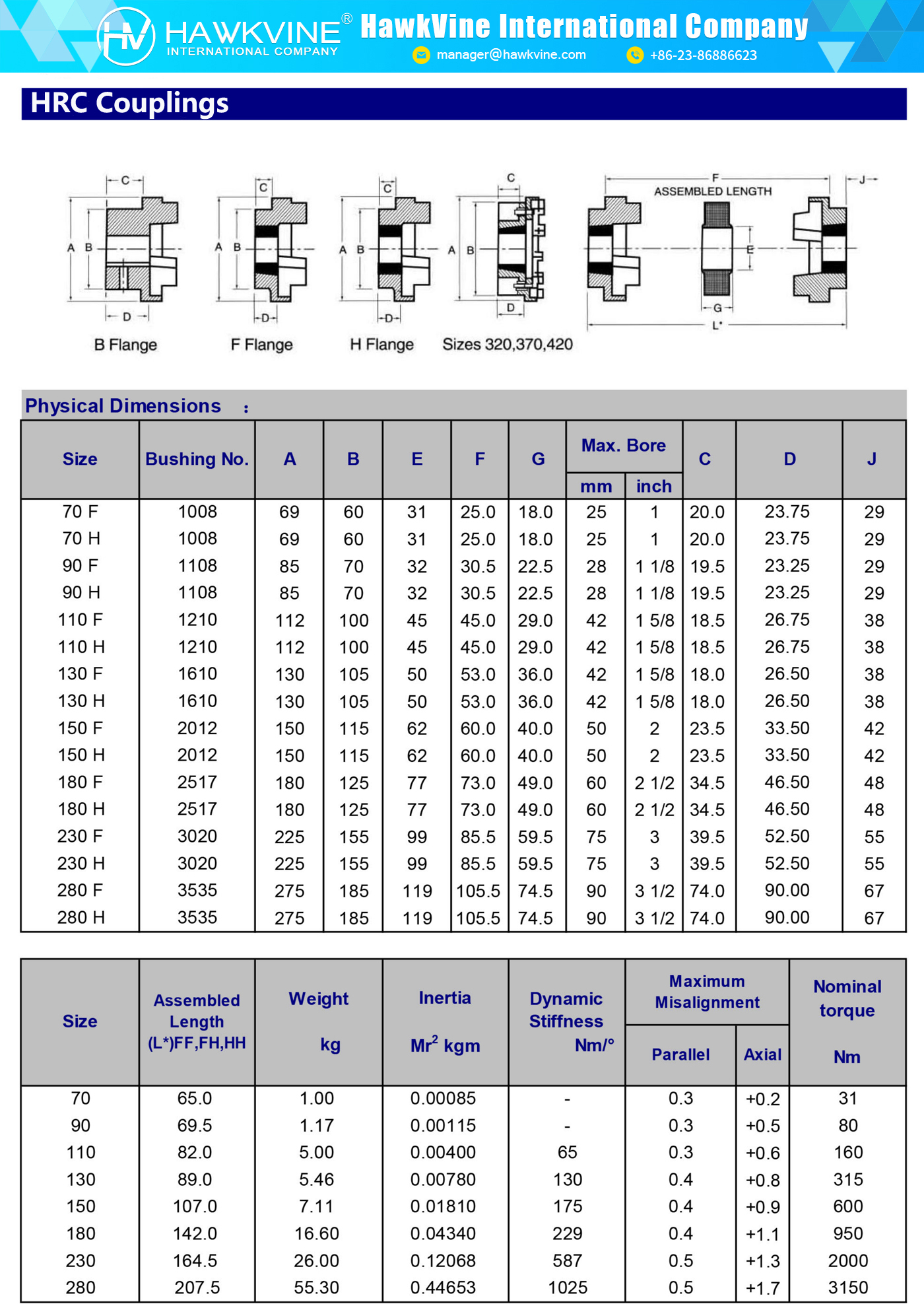
Related Product
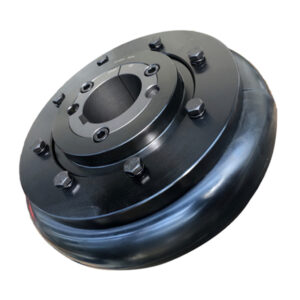
Tyre Couplings
Tyre couplings, also known as tire couplings, are a type of flexible coupling used to
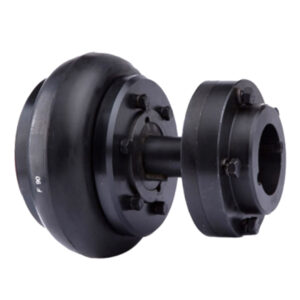
Spacer Couplings
Spacer couplings are a type of flexible coupling used to connect two shafts in rotating
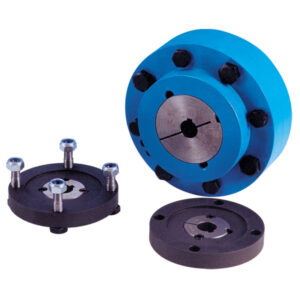
Rigid Couplings
Rigid couplings are mechanical devices used to connect two shafts in rotating machinery in a
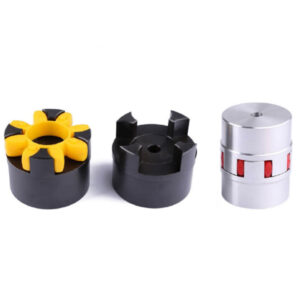
GE Elastometric Couplings
GE (General Electric) elastomeric couplings are a type of flexible coupling designed and manufactured by
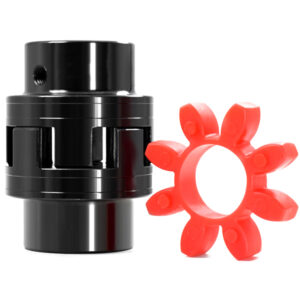
L Flex Couplings
L-flex couplings are a type of flexible shaft coupling designed to transmit torque between two
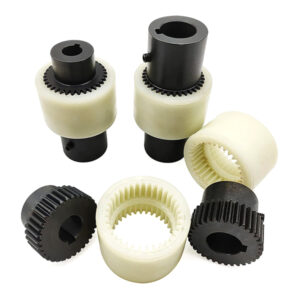
Nylon Sleeve Gear Couplings
Nylon sleeve gear couplings are a type of flexible coupling used to connect two shafts
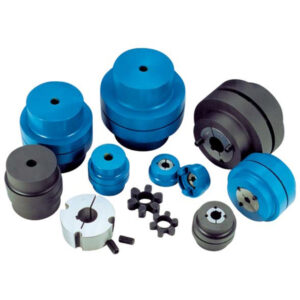
HRC Couplings
HRC (Highly Resilient Coupling) couplings, also known as jaw couplings, are a type of flexible
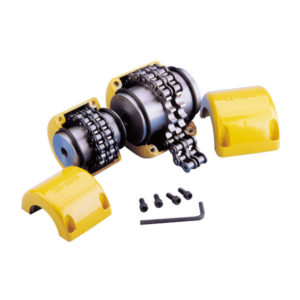
Chain Couplings
Chain couplings are a type of flexible coupling used to connect two shafts for the
